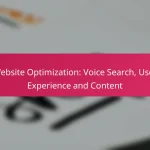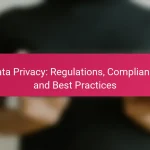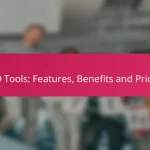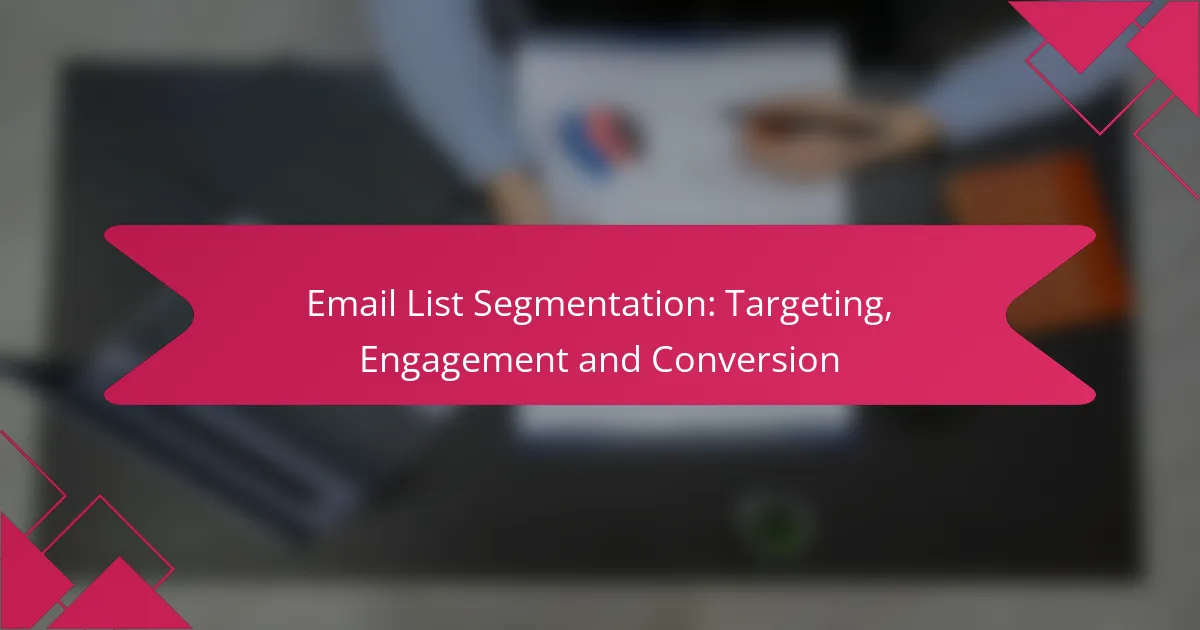Understanding the optimal send times for email marketing is essential for maximizing open rates and engagement. Research indicates that weekdays, particularly late mornings to early afternoons, are the most effective periods for reaching your audience. By aligning your email campaigns with these peak times, you can significantly enhance your overall campaign performance.

What are the optimal email send times in Canada?
The optimal email send times in Canada typically fall during weekdays, particularly between late morning and early afternoon. Targeting these time frames can significantly enhance open rates and engagement with your audience.
Weekdays between 10 AM and 2 PM
Sending emails on weekdays, especially between 10 AM and 2 PM, is generally effective for maximizing open rates. During this window, recipients are more likely to check their emails after settling into their workday but before they become distracted by afternoon tasks.
Consider scheduling your emails to arrive just before or during lunch breaks, as many individuals take time to catch up on their inbox during this period. This timing can lead to higher visibility and engagement with your content.
Thursdays and Tuesdays show higher open rates
Research indicates that Thursdays and Tuesdays are particularly favorable days for sending emails in Canada. These days often see higher open rates compared to others, likely due to lower email traffic and recipients’ increased focus on work-related communications.
When planning your email campaigns, prioritize these days to enhance your chances of reaching your audience effectively. Avoid Mondays, as many people are catching up on emails from the weekend, and Fridays, when attention may wane as the weekend approaches.

How does timing affect email open rates?
Timing plays a crucial role in determining email open rates, as it influences when recipients are most likely to check their inboxes. Sending emails at optimal times can significantly enhance engagement and improve overall campaign performance.
Timing influences engagement significantly
The timing of your email sends can greatly impact how engaged your audience is with your content. Emails sent during busy hours may get lost in crowded inboxes, while those sent during quieter periods can stand out. Understanding your audience’s habits is essential for maximizing engagement.
Consider segmenting your audience based on their time zones and typical online behavior. For instance, if your audience is primarily working professionals, sending emails during lunch hours or early evenings may yield better results.
Peak times correlate with higher open rates
Research indicates that certain times of day and days of the week tend to have higher open rates. Generally, mid-week days like Tuesday and Wednesday, particularly between 10 AM and 2 PM, are often cited as peak times for email engagement.
To determine the best times for your specific audience, consider running A/B tests to analyze open rates based on different sending times. This data-driven approach can help you identify patterns and optimize your email marketing strategy effectively.

What are the best practices for email scheduling?
Effective email scheduling involves sending messages at times when your audience is most likely to engage. This requires understanding your audience’s habits and preferences to optimize open rates and response times.
Segment audience for targeted timing
Segmenting your audience allows you to tailor your email send times based on specific characteristics, such as location, age, or behavior. For example, if your audience spans multiple time zones, consider scheduling emails to arrive during local peak hours for each segment.
Utilizing data analytics can help identify when different segments are most active. For instance, younger audiences may engage more in the evenings, while professionals might prefer early morning or lunchtime emails. Adjust your timing accordingly to maximize engagement.
Test different send times regularly
Regularly testing various send times is crucial for discovering what works best for your audience. A/B testing can help you compare open rates and engagement levels across different times and days of the week.
Consider running tests over several weeks to gather sufficient data. For example, you might find that emails sent on Wednesdays at 10 AM yield higher open rates than those sent on Mondays. Use these insights to refine your scheduling strategy continuously.

How can I analyze my email timing effectiveness?
To analyze your email timing effectiveness, focus on tracking key metrics such as open rates and engagement levels. This will help you identify patterns and optimize your send times for better results.
Use analytics tools like Mailchimp
Analytics tools like Mailchimp provide valuable insights into your email performance. They allow you to see when your emails are opened and how recipients interact with your content. Utilize these tools to segment your audience and test different send times.
Consider conducting A/B tests by sending emails at various times to different segments. This will help you determine the optimal timing for your specific audience, leading to improved open rates and engagement.
Track open rates and engagement metrics
Tracking open rates and engagement metrics is crucial for understanding the effectiveness of your email timing. Aim for open rates in the range of 15-25%, which are considered average for many industries. Higher rates indicate that your timing and content resonate with your audience.
Monitor click-through rates (CTR) alongside open rates to gauge overall engagement. A good CTR typically falls between 2-5%. Use these metrics to refine your email strategy, adjusting send times based on when your audience is most active.

What factors influence email timing decisions?
Email timing decisions are influenced by various factors, including audience demographics, behavior patterns, and industry standards. Understanding these elements can significantly enhance open rates and engagement levels.
Audience demographics and behavior
Different demographics exhibit distinct email behaviors, such as preferred times for checking emails. For instance, younger audiences may engage more during evenings, while professionals might prefer mornings or lunch breaks. Analyzing your audience’s habits can help tailor your send times.
Consider segmenting your email list based on age, occupation, and location to optimize timing. For example, if your audience consists mainly of working professionals in the U.S., sending emails during weekday mornings might yield better results than weekends.
Industry standards and benchmarks
Each industry has its own benchmarks for optimal email send times. For example, retail brands often see higher open rates on weekends, while B2B companies typically perform better during weekdays. Researching your specific industry can provide valuable insights into effective timing.
Utilizing tools like email marketing analytics can help you track performance against industry standards. Aim to test different send times and analyze open rates to identify what works best for your audience, adjusting your strategy accordingly.

What are the emerging trends in email marketing timing?
Emerging trends in email marketing timing focus on leveraging technology and user behavior to optimize send times for higher open rates. Marketers are increasingly using data analytics and artificial intelligence to determine the best moments to reach their audience, enhancing engagement and effectiveness.
AI-driven send time optimization
AI-driven send time optimization utilizes algorithms to analyze historical data and predict the optimal times for sending emails to individual recipients. By evaluating factors such as past open rates, engagement patterns, and even time zone differences, AI can suggest precise send times that maximize the likelihood of an email being opened.
For example, an AI tool might recommend sending emails on weekdays at 10 AM for one segment of users, while suggesting evenings for another. This tailored approach can improve open rates significantly, often by tens of percent, compared to generic send times.
Personalized timing based on user activity
Personalized timing based on user activity involves adjusting email send times according to individual user behavior and preferences. By tracking when users typically engage with emails, marketers can create a more customized experience that aligns with each recipient’s habits.
Implementing this strategy could mean sending promotional emails shortly after a user has shown interest in similar products or services. For instance, if a user frequently opens emails in the afternoon, scheduling future communications during that time can enhance engagement and response rates.









